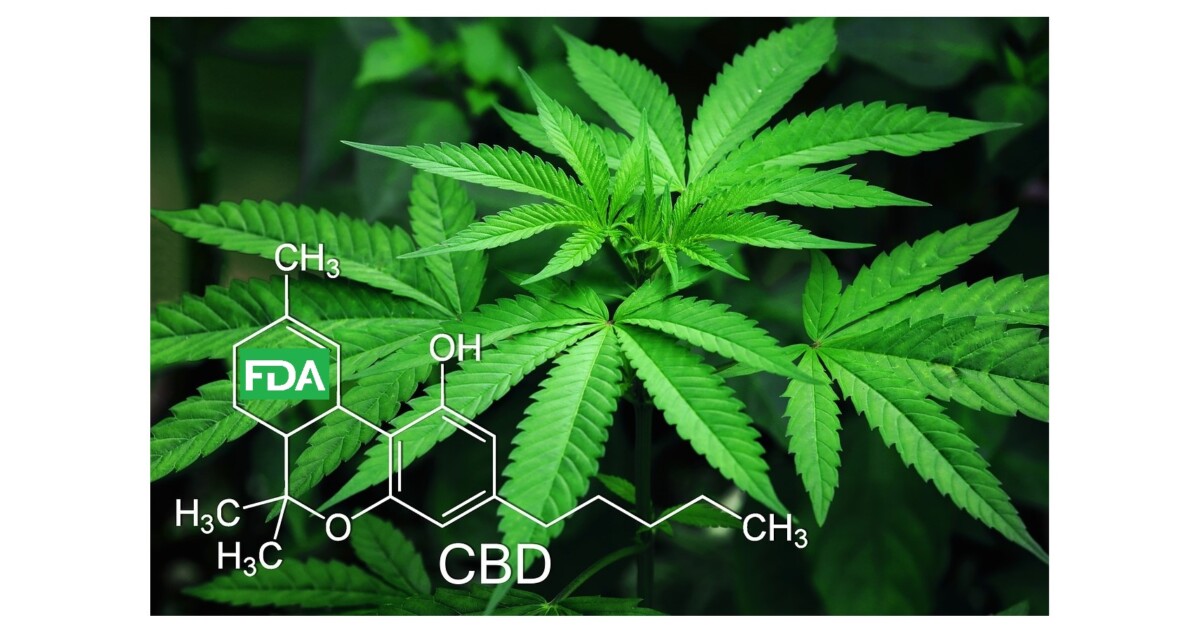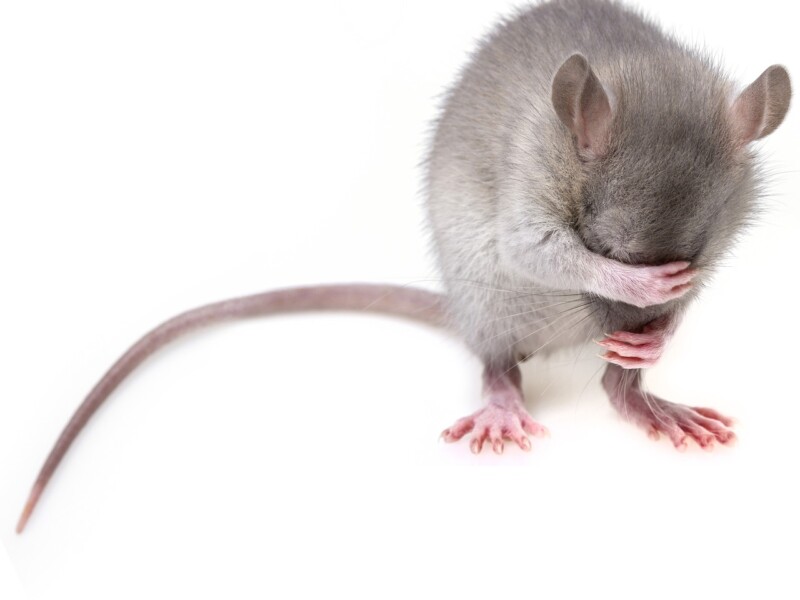
In today’s Consumer Update, “What You Need to Know (and What We’re Working to Find Out) About Products Containing Cannabis or Cannabis-derived Compounds, Including CBD,” the U.S. Food and Drug Administration acknowledged the rapid expansion of CBD products on offer to consumers and recounted its concerns about:
- Effects CBD could have on the body over the long term, particularly on the liver, and whether medical supervision of the administration of CBD should be required to mitigate those risks;
- Whether multiple exposures through different vehicles: lotions, food, drinks, or tinctures, for example, in a single day could result in a cumulative over-exposure; and,
- The effects of CBD on vulnerable populations (eg., children, the elderly) or animals. They are also asking whether the type, breed, class of animal makes a difference and while they have not expressed it here, the panel members at the hearing asked repeatedly about the distinction between pets and animals intended to become human food.
The FDA also expressed concern that CBD products may be marketed for undeliverable therapeutic effects, leading some patients to abandon known and effective conventional treatments to their detriment. CBD producers should note that the FDA expressed specific concerns about any claim that a CBD or cannabis product is:
intended to prevent, diagnose, treat, or cure serious diseases such as cancer, Alzheimer’s disease, psychiatric disorders [or] diabetes.
So, this is a blog and is thus intended to be informational, not legal advice. I am not your attorney. That said, I’m going to give you a freebie:
Don’t make these claims on your labels unless you’re actually selling an FDA-approved drug that is approved for the prevention, diagnosis, treatment or cure of the serious disease for which the drug is being marketed and sold.
Moving on, the FDA expresses in their update concern about products containing less or more than the levels of CBD disclosed on their labels and about potential contamination by pesticides, heavy metals, solvents and other nasty things.
Note, too, that the FDA has flagged “cannabis” use for animals as an area of concern (and possible enforcement). As a side note, be advised that in Vermont, providers of pet treats and pet food must first register with Vermont’s Department of Agriculture, and this goes double for producers of pet food or pet treats that incorporate CBD or other cannabis derivatives. Regarding products that incorporate CBD in food or beverages for people, note that such products are still forbidden by the FDA. Their legality under Vermont law and exposure for enforcement is a complex topic, but feel free to reach out with questions on that matter.
The FDA also mains an FAQ section here, though as of this writing, it has not been updated since April 2, 2019.
Todays update claims to include a “practical summary of what we know to date” and promises that “as we learn more, our goal is to update you with the information you need to make smart choices about CBD products.” Further, the FDA commits that “. . . as the regulatory pathways are clarified, we will take care to notify all stakeholders as quickly as possible.” Which means, well, I suppose it means well. But the Consumer Update failed to provide any such summary, so whether the goal to keep the public informed of developments in regulatory pathways or of unbiased, “science-based” information that consumers can use to make “smart choices” remains to be seen. We are hopeful that more information will be made available after the close of the comment period, which has now been extended to July 16, 2019.
On or before that date, you can submit your comments to the FDA about “scientific data and information about products containing cannabis or cannabis derived compounds” here.
Today’s Consumer Update doesn’t build much on what we already learned at the hearing last month, but it does, for the first time, include a photo of the until-recently-much-maligned seven-fingered leaf at the top, which provides not only a pleasant pop of color, but perhaps, just maybe, it gives a nod to the increasing power and legitimacy of the developing U.S. cannabis industry.
So there’s that.



